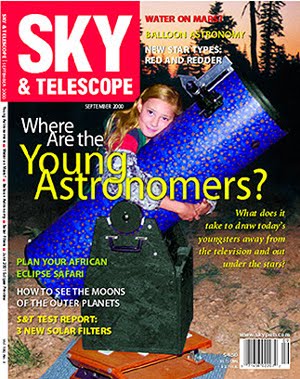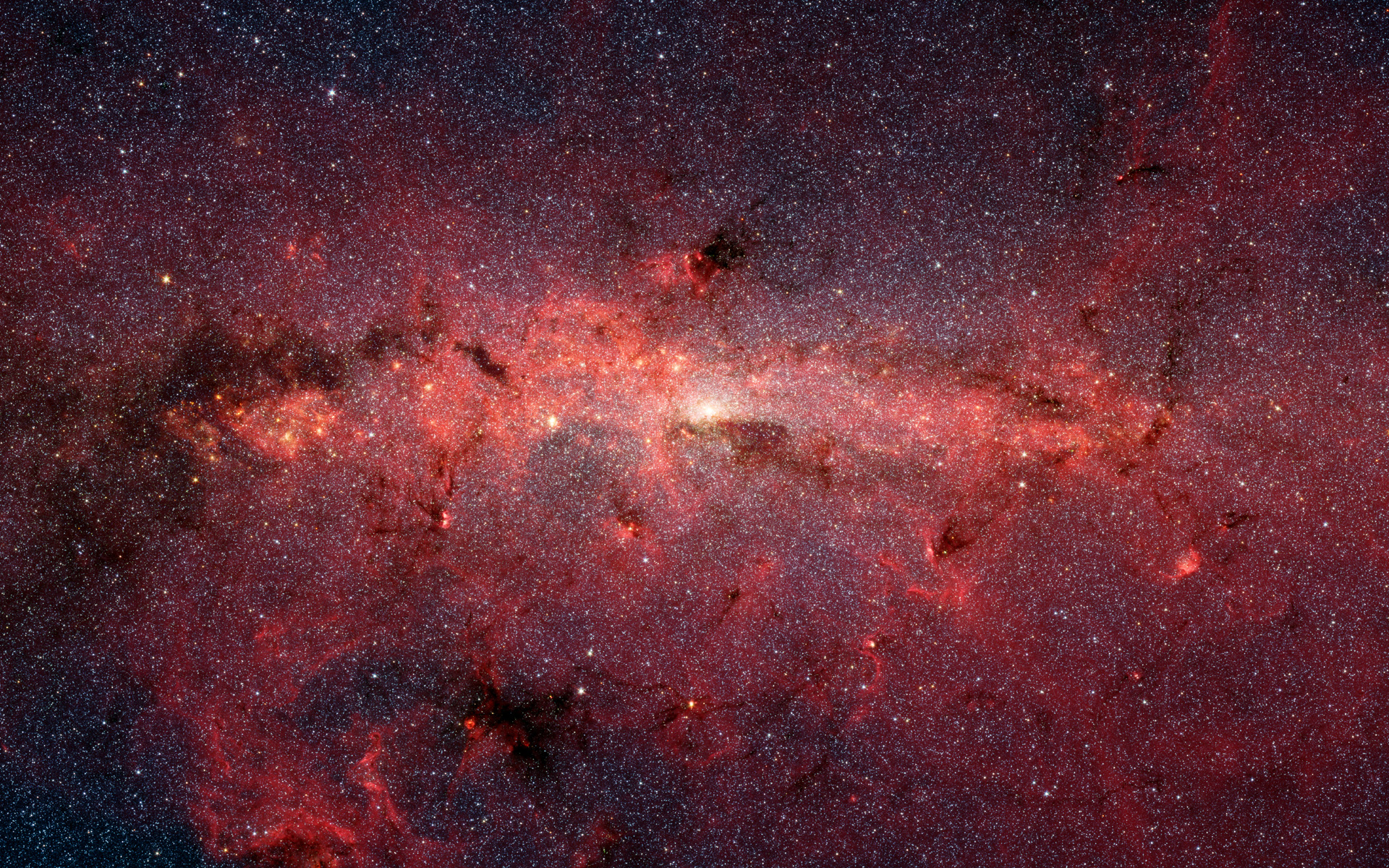There is something special for me about Mount Lassen. I've always loved the observing sites there that I've been to. Watching the colors fade to black on the side of Lassen Peak from the Devastated Area or seeing the sky glow electric behind Brokeoff Mountain's silhouetted spikes to the west, while the last light dances over Lassen Peak's frozen lava plugs - red and brown, until all fades to black. As one show ends, another begins...
The skies are what we come for. The seemingly never fail to amaze. The navigational stars used by our seafaring ancestors are first. Then, dozens of less famous ones begin to pepper above. It is tantalizing. Soon, hints of the Milky Way begin appearing, and before you know it, the sky is filled with more stars and lanes of black than you could possibly remember from the prior year's trip. It is always amazing. I've heard long time observers talk about becoming jaded, after years of this, but I don't know how. To me, it is the embodiment of the word "transcendence" ... as it really does transport one from the daily routine of our existences back home, into the realm of things few men and women know - - - and we return home with stories that enrich and inspire. We do, in a literal sense, take our place, in our own way, among the Heroes of Myth when we, like ancient seafaring adventurers, navigate the unknown and return home with fantastic stories that seem, to those left behind, amazing - beyond possibility. Those who undertake these journeys literally stand apart from others.
If you stood atop the volcano with us, where the sky seems to sweep you up and cast shadows under your heels, you're enriched, in possession of knowledge to share with others, so they too might choose to expand their world, beyond the limits of their "civilized" lives. Like the adventurous seafarers navigating by the stars we see today.
Congratulations, to all who journeyed far this past new moon. Tell your friends... our stories are what help make the world a larger place and encourage others to share what we do.
This year is the first year I just observed, and didn't take notes. But the views are with me. Here is what I recall of the experience.
After arriving at Lost Creek Campground we decided to make it a short night by observing from The Devastated Area. It is a five minute car ride from camp, and is excellent for those who want to stay at lower elevation (6,000 feet approx), don't want a longer drive back, or expect to turn in before 1 a.m. I knew I'd be tired, and so did about 30 other attendees. my daughter Mimi and I used some of the monthly lists I put together for the SJAA Ephemeris. She was using my 18" f/4.5 Obsession Dob.
Mimi hadn't been observing since last year, at Calstar, but immediately she began landing on targets. I am always amazed at her ability to look at a chart, starhop and pinpoint the same spot in the sky. She is simply uncanny. She worked on the primary targets on the list. The first was NGC 6340, a bright galaxy in Draco. She moved on to NGC 6543, the Cats Eye Nebula.also in Draco.
The Cats Eye was showing some excellent detail at 294X. The central star was blazing away, surrounded by a black torus. Around that was an intensely bright silver-white ring which was very well defined on the inner and outer edge, with a very faint oblong halo surround it. Quite a sight. Next she moved on to NGC 6229 in Hercules. This bright globular cluster has two mag 8 stars close by to its west. Nice view. From there, on to M92, as we went north to south in the sky. M92 was, of course, glorious. More centrally concentrated than nearby M13, this showed the difference between a Messier globular and the prior target. There is really no comparison.
M13 was ablaze at Lassen. My collimation was good, the stars pinpoints, and it appeared thousands of them swarmed the eyepiece. Mimi was having a ball. We looked for NGC 6207, which is so bright at Lassen you'd think it was a Messier, and little mag 15 galaxy IC4617 sat off the point of the parallelogram - easy to see. What a place!
During the night, Richard Navarrete and I used a 100mm binocular and 101mm refractor, checking out mostly Barnard dark nebulae. We also walked around quite a bit jabbering with others as excited as we were at being under such a great sky. The hours flew by. I also spent time talking about the future of the star party with Dan Wright, who is an excellent counterpoint to my views much of the time. So, I was having fun.
Mimi moved on to four other globular clusters during the night. NGC 6426 in Ophiuchus, a dim one for sure, but no doubt about it at Lassen. M 10 and M 12, showing their similar sizes but distinct differences, and finally M14. She was a treat to watch during the night. Imagine what a pleasure it is to see your child (she's not a kid at 19 though) sharing your hobby enthusiastically, at a place like Lassen. But its easy for her, as she's been going for probably 12 years. She tells me Lassen feels like home to her.
That was Wednesday night. We headed back to camp around 2:30, tired from the day.
The next three nights we observed at Lassen Peak twice, finishing up at the jewel of observing sites, IMO, in California, Bumpass Hell parking lot.
Thursday night at Lassen Peak, there were some tourists. A friend of Mimi's was there with her mother, and a couple from Colorado. I gave them a tour of highlight objects, and showed them how to use a telescope. This went on for probably two hours. When the public is there, reach out. What I learned over those two hours was the seeing at that parking lot, previously a big unknown, was excellent. I think the view of the night for me was Navarrete's TV-101 looking at Barnard 85, which are the dark lanes in the Triffid Nebula. The Triffid is an outstanding object, or course. But at the Peak lot, the dark lanes were so clearly defined, their edges appeared literally etched into the glow of the bright nebula. Hands down, the best view of this object I've ever had. I'd return to Lassen just for that view!
What I observed the next few nights were objects solely on Steve Gottlieb's "Off The Deep End - 10 Challenging Observing Projects" list. And what could be better than to have Steve set up next to me the last two night, at the Peak and Bumpass! At times I would describe what I was seeing.... if he got excited and came over, I'd know I found it. On the other hand, I knew when I was wrong, as he'd just be quiet. It didn't take long to decipher the code!
I went through all the Sharpless HII Regions. My favorites were:
Sh-2-105, the Crescent Nebula. Detail galore. The section crossing through the Wolf-Rayet star extended clearly all the way across. Knots were all over the nebula. Yeah, the Veil is a great object, but at Lassen, I always feel the Crescent somehow steals its thunder. Perhaps because I can get good views of the Veil elsewhere.
Sh-2-108, or IC138 - the nebulae surrounding Gamma Cygni. What a blast! There was tons of thick ropey twisted stuff all over the place. I'd *never* seen it before - and the area it covers it tremendous. Put *this* on your list for next year *right now*. Again, this view is worth the price of admission by itself!
Finally, in the Sharpless objects, I enjoyed the picking out the gentle arch Sh-2-157 in Cassiopeia, and finding it literally no more than an eyepiece field away from a highly detailed Sh-2-162 - aka The Bubble Nebula.
The Sharpless objects provided a lot of challenge and pleasure. Lassen was the right sky to make it all work. I'll be heading back to some place hopefully even darker next month for more such pleasurable "abuse" ;-)
I had also worked on some Palomar Globulars. Palomar 9 is easy. Check it out in *any* size scope, pretty much.
Palomar 5 though, is a challenge. I did detect it, which is about the best I can say. What I loved though was Mimi working on this one with Steve Gottlieb, on his scope. She *clearly* saw it, describing in with detail only 19 year old eyes could pick up. I think Steve was surprised when she asked about a glow, or knot, off the star the cluster appears centered behind - and Steve replied it is probably the core of the cluster! Way to go kid!
With Steve, and on various objects Richard Navarrete and Alvin Huey, here are other objects I observed:
Shakhabazians 16 and 166. 166 was the most fun, as I did not have any idea of how the seven galaxies lay across the field of view. Next day, Paul Alsing showed me a printed image, and I had been dead on. Lots of fun!
On 16, we picked out some extra galaxies in the field. This target is also listed as Arp 330, should you want an easier reference. Arp 330 consists of a linear chain of five galaxies in the MCG ranging from mag 14.8 to 15.6 (and one with no mag). We also observed three other MAC galaxies, one to the west and two to the south of the chain, ranging in magnitude from 15.5 to 16.5. Thanks to Alvin for the views on this group!
I went after Seyfert's Sextet. This is a group of six tiny galaxies in a compact field. I was disappointed as said so out loud when I only saw four of them. Fortunately, Mr. Gottleib was next to me and immediately perked up, saying "you see a forth member? That's very good!" I went from sullen to ecstatic immediately! Mag 16.5 was not a barrier....
I'll finish up by just listing some of the challenging objects that rounded out my Lassen observing trip....
Arp 112
Arp 84
Arp 91
Arp 86
Arp 293
Abell 262 (galaxy cluster)
Abell 347 (galaxy cluster)
Hercules GXCL
Abell 84 (planetary)
Abell 65 "
Abell 61 "
Abell 39 "
Sh-2-68 "
Sh-2-71 "
EGB-1 "
The Arps were all interesting, and were the last objects observed from 8200 feet high at Bumpass on Sunday morning as the sky was brightening. The Abell clusters were very rich, too rich to really fully explore. The planetaries, well, they deserve Bill Cone's creative description of "an enticing journey into the Zen of greater minimalism".
From start to finish the trip was an outstanding success. As has been said for years among friends, it is "all about observing". But in other ways, it is far more than that. It is a personal exploration, pushing yourself to your limit, going new places, enjoying - knowing - that you have not just read or heard about these amazing sights few others have witnessed, but in the most personal of sense, you've gone on the journey yourself, and, brought back the stories to share with others.
The journey continues next year. I'm inviting all readers to join in...
Your friend and fellow traveler in dark sky adventures,












No comments:
Post a Comment